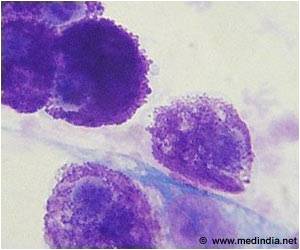Protein, Runx3, programs T cells to amass in tissues where they protect against infection and tumor growth, opening the door to potential new cancer therapies.

‘Runx3 could program killer T cells to locate and persist in infected tissues or tumors, helping to eradicate infections or slow growth of malignancies.’





"At this time, we are seeing great promise in treating cancer stemming from approaches that exploit the immune system to target tumor cells and our work describes a new tool for directing the immune system into the right place where it can do its job," said Goldrath, the chair of the Section of Molecular Biology in the Division of Biological Sciences. Runx3 has been known for its contributions to immune cell development but the researchers found a new therapeutic role for it. Their research in mice demonstrated Runx3 could program killer T cells to locate to and persist in infected tissues or tumors, helping to eradicate infections or slow growth of malignancies.
"We uncovered an unappreciated function for this molecule in setting up a frontline of defense in tissues throughout the body," said Goldrath. "It's really a repurposing of a protein used in development to regulate the functional properties of the immune system."
The researchers believe Runx3, if properly directed, could be combined with other approaches to help T cells recognize and destroy tumor cells and enhance vaccine efficacy.
Advertisement















